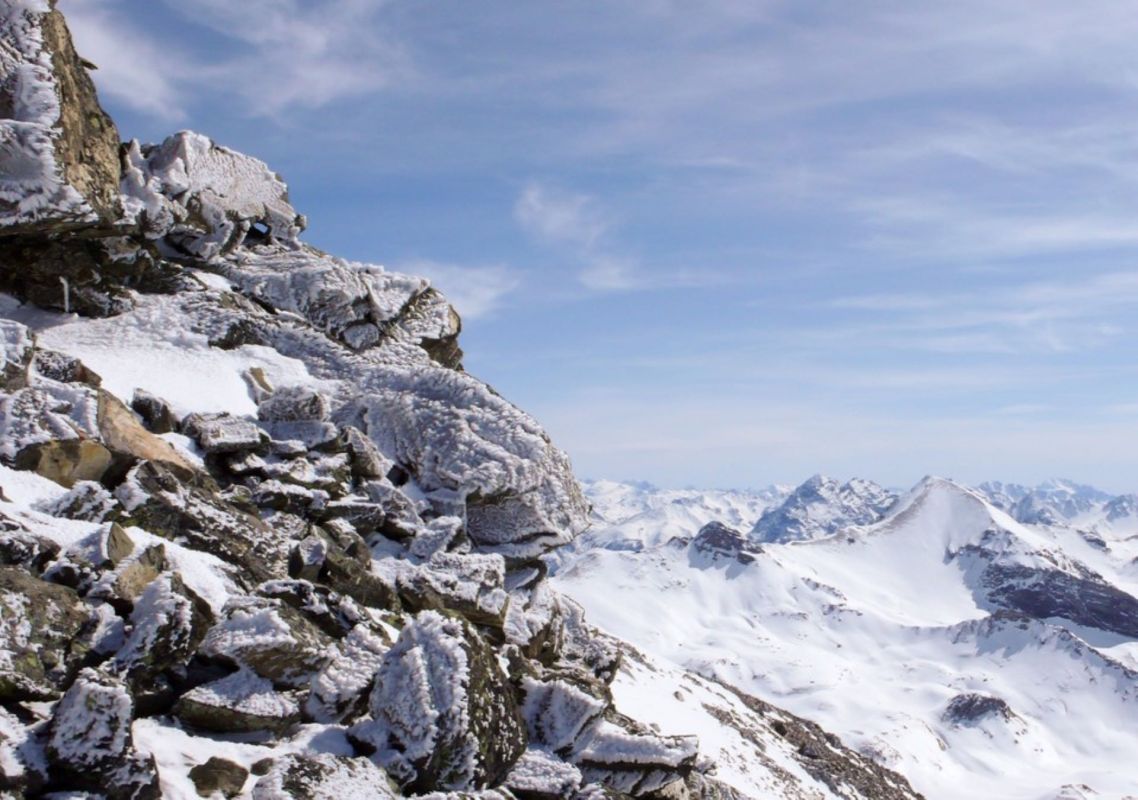The sky may not be falling, but some mountains are.
Insider has reported that the effects of the human-caused overheating of our planet are threatening to make molehills out of mountains.
What happened?
On June 11, 2023, the summit of Mt. Fluchthorn, which sits among the tallest group of mountains in Switzerland, collapsed without warning, sending 3.5 million cubic feet of rock tumbling into the valley below.
Thankfully, no people were harmed, but the ordeal left Mt. Fluchthorn 60 feet shorter. The reason for the collapse was a loss of the mountain's permafrost. This permanent layer of ice and dirt exists on many tall mountains in the far north.
Jasper Knight, a geoscientist at the University of Witwatersrand in South Africa, told Insider: "Permafrost is important because frozen water within the ground holds the ground surface together and prevents it from moving. But when that ice melts, the liquid water can flow away. The ground surface becomes less stable and can move, often very quickly."
Mt. Fluchthorn had a lot of permafrost. "Global warming is causing the permafrost to melt, which is the trigger for these mass movement events to take place," Knight said.
"This mountain peak has been frozen for probably thousands of years," Jan-Christoph Otto, a geologist at the University of Salzburg, told LiveScience, adding: "The mountain peak failure at Fluchthorn is most likely the result of extreme temperatures last summer or fall."
Why is this collapse concerning?
The loss of permafrost is an effect from the overheating of our planet, and as the Earth continues to heat up, it will only worsen.
LiveScience reported that, according to the Swiss Meteorological Service, temperatures in the Alps are warming at around 0.5 degrees per decade — nearly twice as fast as the global average.
Warming temperatures don't just affect the permafrost, either. The surface layer of ice and snow can also melt, leading to floods and massive mudslides.
Leading scientists report that 670 million people live in high-mountain areas worldwide, and events like this could spell disaster and even death for them.
Aside from the risk to life, mass movements can increase the risk of damaged farmland, blocked thruways, and contaminated water.
What can be done to help?
Indigenous communities have systems of traditional knowledge to help manage extreme weather conditions on the mountainside. One strategy they use is agricultural terraces, which work to prevent soil erosion and landslides, as Insider reported. But it's not enough.
If we slow the rate at which our planet is overheating, we can prevent further mountain degradation from happening.
We can do this by moving away from single-use plastics, switching from gas-powered cars to electric vehicles, and utilizing clean energy sources whenever possible.
Join our free newsletter for cool news and cool tips that make it easy to help yourself while helping the planet.









